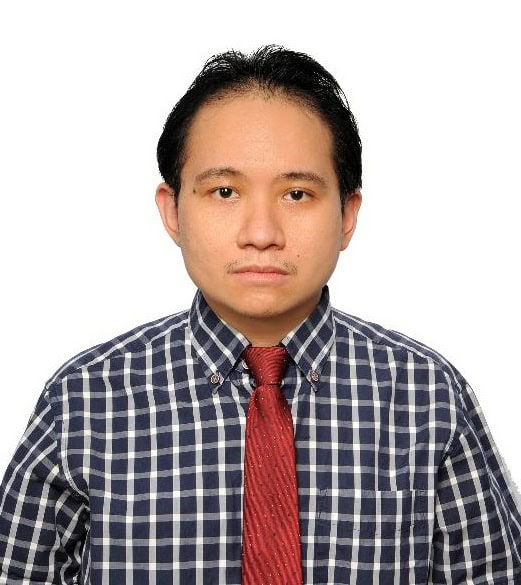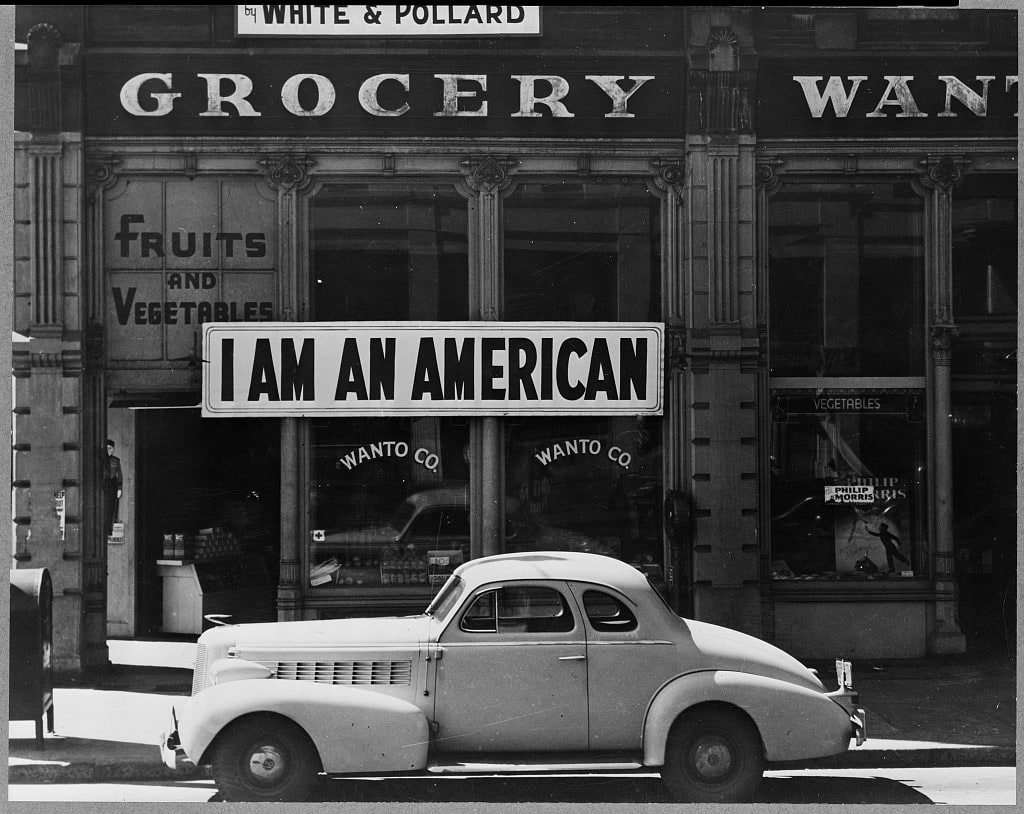Tristan Miguel Osteria is an assistant professor within the Department of History at the University of Santo Tomas. He lives in Pasig City, Philippines, and has been a member since 2014.

Tristan Miguel Osteria
Website: https://www.facebook.com/tristan.osteria
Alma maters: AB (European studies), Ateneo de Manila University, 2006; MA (history), Ateneo de Manila University, 2010; PhD (history), Texas A&M University, 2016
Fields of Interest: modern US, modern US-Asia Foreign Relations, Third World, the Philippines
Describe your career path. What led you to where you are today?
Growing up, favorite reads included mystery novels like the Hardy Boys; military history on World War II and postcolonial wars; and commentaries on US elections, encyclopedias, and maps. My university background in European studies and history introduced me to the field, and I completed my history PhD at Texas A&M University. Conversations made me aware of the vast diversities that characterized US history and its people. Taking a transnational turn, I compared, connected, and probed for continuities within US history and in Filipino history. During my doctoral studies, I took deeply enriching graduate courses, and presented conference papers locally and overseas. I was a recipient of the Truman Library Research Grant. I also received a dissertation enhancement award within A&M. I used the grants to do archival research at various US archives. I have taught modern US history in the US and in the Philippines. I am a lifetime member with the Philippine Historical Association. I published a book review for Philippine Studies: Historical and Ethnographic Viewpoints. I was an American History Content Reviewer for Inclusion and Diversity with Cengage Learning. I worked as consultant with the World War II Collections at the Ortigas Library and with the Visiting Forces Agreement Commission.
Since 2019 at Santo Tomas, I made myself available as professor to students and got them to come up with takeaways from the classroom discussions that they apply even outside the classroom. I worked and served with faculty colleagues in capacities that included serving as the chairperson of the faculty area committee of the history department as part of accreditation, as Commission on Elections member for the Arts and Letters Faculty Association Board of Officers elections, and as an associate editor of TALA: An Online Journal of History; collaborating with faculty colleagues on content for history courses; serving as a member of the Library Committee representing the history department; participating in research and innovation initiatives; spearheading university-related community development initiatives; and participating in webinars on history and present-day issues faced by society hosted by Santo Tomas and partner institutions.
What do you like the most about where you live and work?
That I am with family, with whom I have been happy to be with after years of doing my history PhD in the United States. As a teacher and a historian, I pursue a common passion for living history with colleagues, students, the institution, the broader academic community, and even the everyman.
What projects are you currently working on?
I am working on writing projects that would eventually be peer-reviewed, revised, and published. I intend to eventually revise my dissertation entitled “Building from Within: Indigenous Nation-Building and State-Making during the Filipino Third Republic, 1946–1957” into a peer-reviewed, academically published book.
Have your interests evolved since graduation? If so, how?
I put Filipinos, lost in the mists, back within broader regional, transnational, and global narratives. My doctoral dissertation studied how darker peoples such as Filipinos were not puppets, but envisioned and built their own nation-state. I examine how US power and ideals shaped nation-building and state-making in transnational and comparative contexts. Also, Spain and its former domains had deeply interesting histories that reveal a lot.
What’s the most fascinating thing you’ve ever found at the archives or while doing research?
At Santo Tomas, viewing ancient Filipino scripts preserved by the Spanish made me appreciate the pre-colonial Filipino heritage. At the Truman Library, declassified documents revealed how the US worked alongside Filipinos to build the country after independence.
Is there an article, book, movie, blog etc. that you could recommend to fellow AHA members?
For a film about the Philippines, John Sayles’ Amigo. Lone Star, Matewan, The Manhattan Project, Hidden Figures, and A Beautiful Mind are interesting.
What do you value most about the history discipline?
Living history is about building bridges of understanding across diverse communities of race, color, and tribe.
Why is membership in the AHA important to you?
I keep abreast of developments in the discipline through AHA Member Forum and Fortnightly News emails, reading Perspectives on History and the American Historical Review, and by connecting with other scholars. I enjoy voting during AHA Council elections.
Do you have a favorite AHA annual meeting anecdote you would like to share?
At an annual AHA annual meeting, I watched a Committee on Lesbian, Gay, Bisexual and Transgender History panel. The panelists discussed the importance of being likeable to influence people, and to be uncompromising when a situation calls for it.
AHA members are involved in all fields of history, with wide-ranging specializations, interests, and areas of employment. To recognize our talented and eclectic membership, Perspectives Daily features a regular AHA Member Spotlight series.
This work is licensed under a Creative Commons Attribution-NonCommercial-NoDerivatives 4.0 International License. Attribution must provide author name, article title, Perspectives on History, date of publication, and a link to this page. This license applies only to the article, not to text or images used here by permission.


